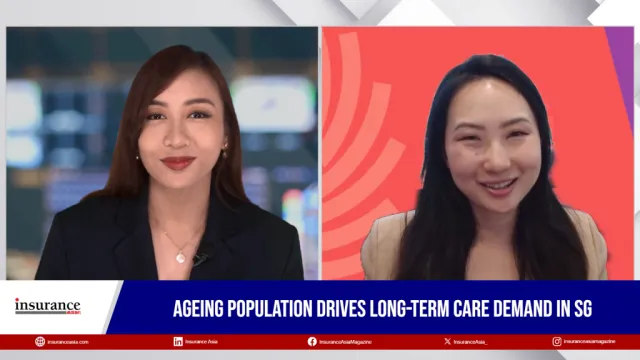
Employee medical plan costs for APAC businesses to see rise, highest since 2015
Trend rates reflect the percentage increase in medical plan costs per employee, including insured and self-insured plans.
It is projected that the average medical trend rate in 2024 is 10.1%, up from 9.2% in 2023, marking the highest since 2015, Aon said.
Globally, cardiovascular issues, cancer or tumour growth, and high blood pressure or hypertension are the primary drivers of medical plan costs, according to Aon's 2024 Global Medical Trend Rates Report.
Given the increasing importance of employer-sponsored medical plans and the need to accurately anticipate and manage costs, this report serves as a valuable resource for organisations seeking to plan global budgets and benefits strategies to foster resilient workforces in 2024 and beyond.
These trend rates reflect the percentage increase in medical plan costs per employee, encompassing both insured and self-insured plans.
This data equips organisations to make informed decisions, address anticipated price inflation, explore medical technology advancements, and understand usage patterns, and the shift of costs from social programs.
The report draws insights from 113 Aon offices involved in brokering, administering, and advising on employer-sponsored medical plans worldwide.
These insights are shaped by interactions with clients and carriers within the firm's medical plan portfolio. In the Asia Pacific region, the report predicts a 2024 medical trend rate of 9.7%, up from 9.2% in 2023, marking the highest since 2015.
ALSO READ: Only 1 in 8 can pay for medical costs associated with serious illness: survey
The top contributors to medical plan costs in the Asia Pacific are cardiovascular issues, cancer or tumour growth, and gastrointestinal and digestive problems.
Key findings from the study also highlight mitigation strategies such as wellness initiatives, plan adjustments, cost containment, access restrictions, and flexible benefit plans to combat rising medical costs and support employee well-being.
Around 32% of employers share medical claims costs by implementing restrictive employee medical plans, such as co-insurance, deductibles, and limits, or by co-funding premiums.
Additionally, approximately 20% of companies have adopted financing or risk-sharing strategies, including hybrid insurance and captive arrangements, to manage escalating employee medical plan costs.
Chronic conditions, physical inactivity, and inadequate stress management remain significant risk factors driving medical conditions and future adverse claims.



















 Advertise
Advertise








